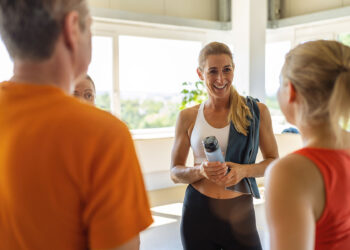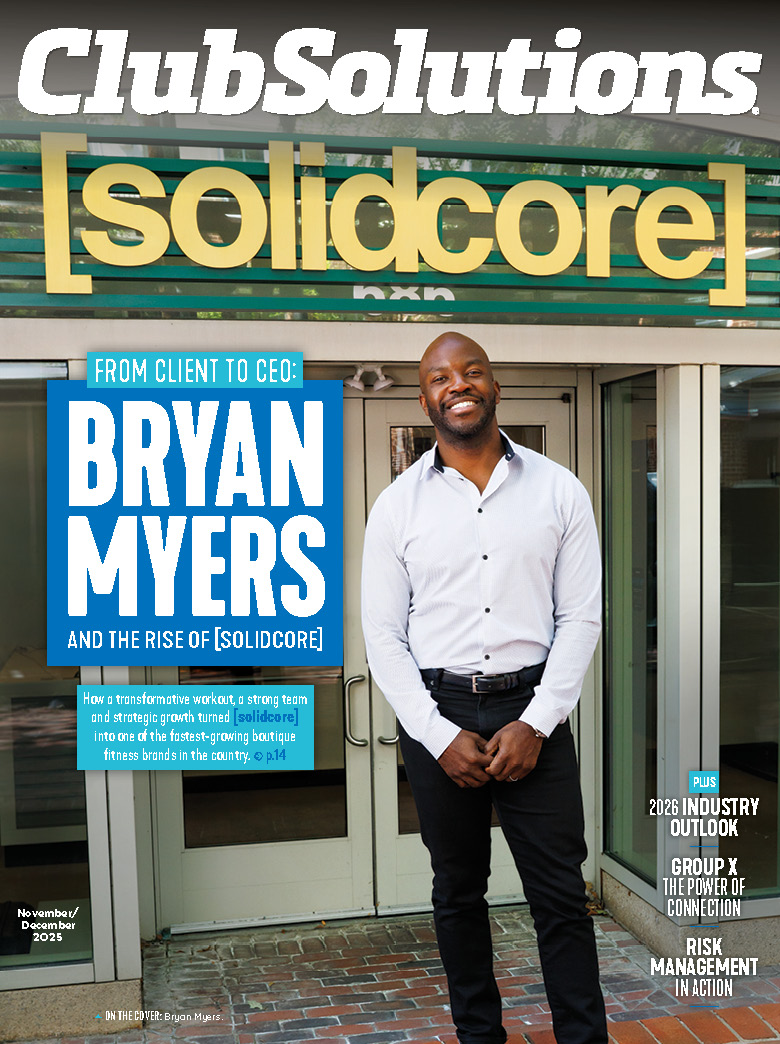Recently, IHRSA reported that health clubs served more than 70 million customers in 2017, which is a record high since the organization began tracking this data in 1987.
But what about the 80 percent of the U.S. population who aren’t members? Could you be missing out on an opportunity?
According to Jane Benskey, the marketing communications specialist at NuStep, the answer is yes. In a recent webinar, she identified the main groups that make up the 80 percent of non-health club members, and how clubs can best reach them.
Those groups include seniors, baby boomers, people living with a disability, and people affected by obesity, for example.
According to Benskey, these groups resist joining health clubs. Why? She explains:
- They think health clubs cater to young, muscular and super fit members — not them.
- They’re intimidated by the environment and equipment.
- They feel self-conscious and out of place.
- They believe all exercise must be strenuous or uncomfortable to be effective.
- They’re afraid they will get injured or aggravate a condition.
- They’re concerned it will be too expensive.
In addition, each of these groups have different goals when they do a join a health club. Seniors are often looking to maintain their independence. And Baby Boomers may be looking to transition from rehab, for example.
To succeed with these groups, Benskey said it’s important for clubs to create an environment that welcomes and supports members of all abilities. She explained clubs can do this by:
- Educating your staff about the principles of inclusive fitness and why it’s important.
- Communicating that inclusion is a value to be embraced by your staff and modeled to members.
- Provide disability etiquette training for staff.
- Make it easy to navigate around equipment.
For more insights into how clubs can reach the 80 percent of non-club members, watch the webinar here.
Stay ahead in the fitness industry with exclusive updates!
Rachel Zabonick-Chonko is the editor-in-chief of Club Solutions Magazine. She can be reached at rachel@peakemedia.com.











